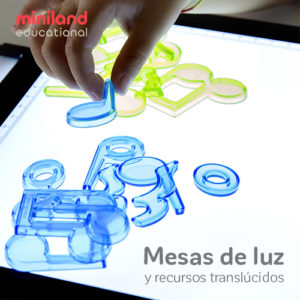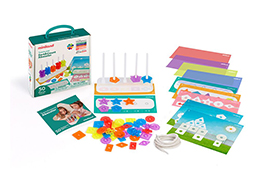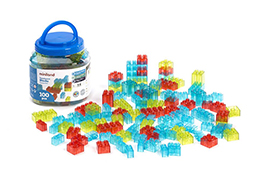What ADHD or ADD students do in the classroom is critical to their success, and a lot of that is driven by their teacher! Next to parents, teachers are some of the most influential people in a student’s life—and they make a difference. But to make that difference, it’s important that teachers interact with ADHD and ADD students in slightly different ways, giving them focused attention, helping them prepare for what’s ahead and using the strengths of these students in more targeted ways.
Here are some specific things classroom teachers can to create a positive learning environment for ADHD or ADD students:
Stick to a routine.
ADHD students need all the help they can get when it comes to staying focused, and one way to do that is to keep them to a routine. For example, when it comes to homework, make it simple for them: Always write the homework on the same part of the board and pick up the homework in the same way each day.
Give them plenty of time to get organized.
It’s always important to give students lots of advance notice when it comes to special lessons, recess, field trips and anything else that requires preparation. This is especially true for those with ADD or ADHD! When they leave at the end of the day, double-check that they have everything they need and help them talk through their to-do list.
Let them get up and move.
Kids need to get rid of energy! And that’s especially true for those with ADD or ADHD. Plan interactive lessons that don’t keep them glued to their chair. Miniland’s Mindful Kids game is a great way to let students learn in an active way. Using a large spinning top, young learners can participate in 36 different mindfulness activities that promote conscious breathing, muscle relaxation, yoga and even meditation. The game is centered around different themes, from animals and nature, to culture, habits and everyday situations, and can be adapted to accommodate any topic.
Reduce distractions.
If you know a student struggles with paying attention, seat them near the front of the room and make a point to stand near them when giving instructions, so you know they hear you. Let ADHD or ADD students practice focus with Miniland Educational’s Pegs game, which has 180 pegs that students can arrange in six different patterns.
Leave time for play!
Along the same lines as movement, recess can actually promote focus in children with ADHD, so make sure you let them enjoy it. Recess is a good time for kids to run outside, get fresh air or play with fun, educational toys like the Maze Balance Board, a balancing game where children can build different courses and mazes for toy balls to roll through.
Keep it positive.
Always greet ADD and ADHD student by name, and be sure to give them a lot of positive feedback. Don’t respond to incorrect answers with a negative, and always spin your responses in an optimistic light. In general, when students do something right, tell them! Rewarding their good behavior with compliments goes a long way.
.png)
.png?width=500&name=Mindful%20kids%20-%20mindfulness%20clase%20(1).png)
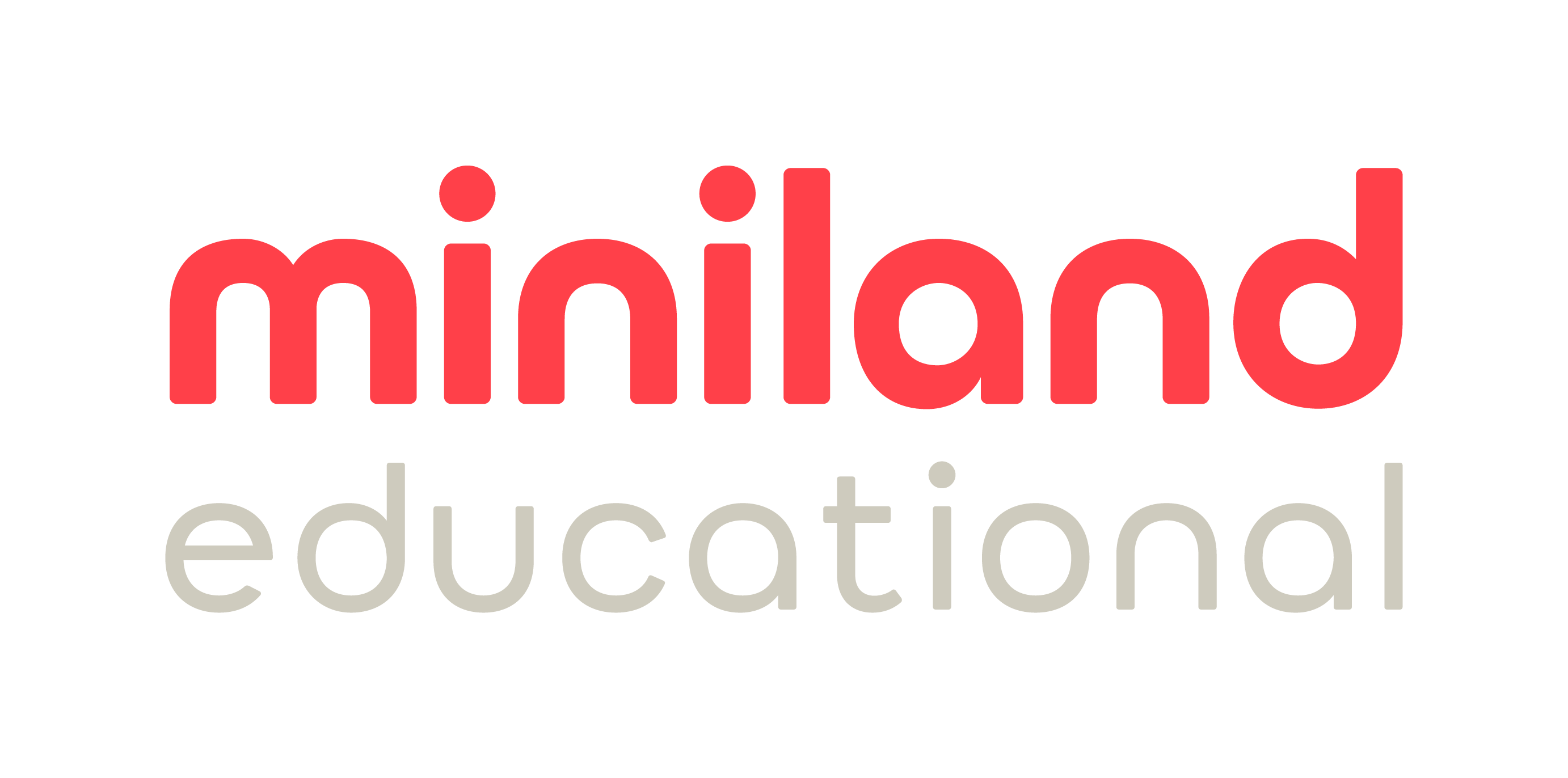
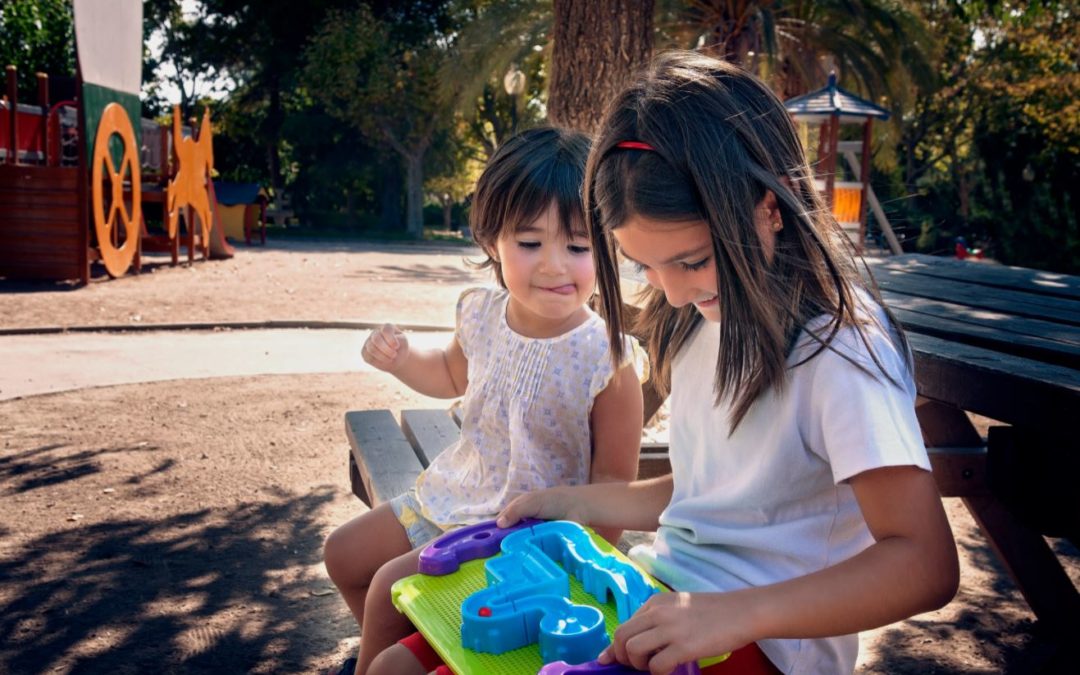


.png)
